White cinquefoil: description, planting and care

Cinquefoil, also known as Potentilla, is a perennial and highly diverse plant. It has over 300 varieties. Most of them are frequent guests of various gardens and landscape decoration. And some even have healing properties.

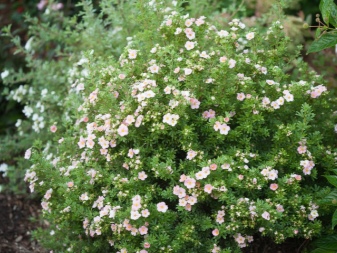
In this article, we will talk in more detail about one type - white cinquefoil. We will tell you about the main features of this interesting plant, as well as share our knowledge on how to plant, propagate and care for it.
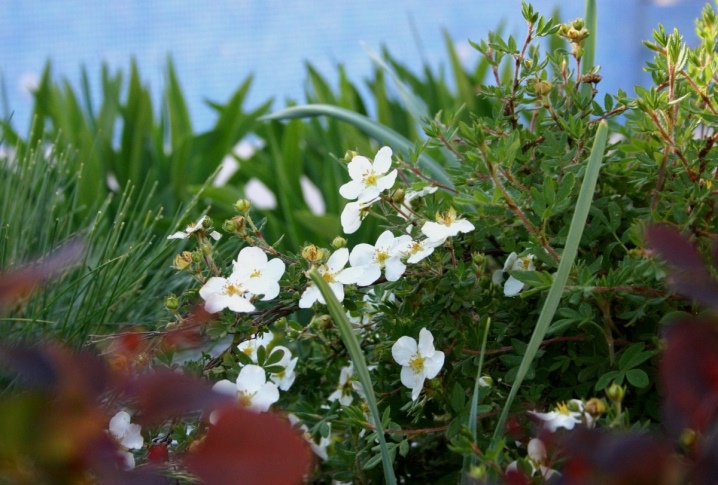
Peculiarities
Cinquefoil has many other names among the people, for example "Kuril tea". The fact is that the plant is rich in vitamins and other nutrients.
In the old days, and now too, this plant was brewed in boiling water. Also, some of its varieties are used for the manufacture of anti-inflammatory and analgesic drugs.
Potentilla is also often called "cinquefoil" because of its appearance, which we will analyze a little later.
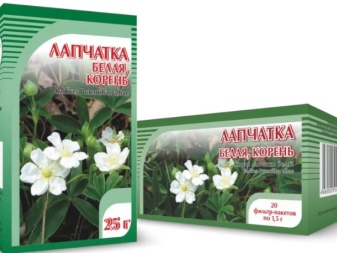
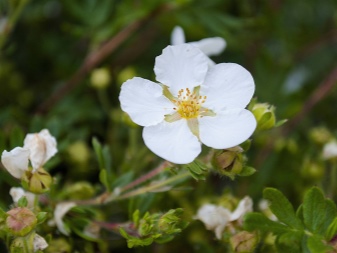
But nevertheless, thanks to the long flowering, Potentilla is planted in gardens and in personal plots. Despite all its advantages, this plant is extremely unpretentious and stable. It endures any whims of the weather and is able to survive even frosts down to -30 degrees. Therefore, Potentilla feels great in the wild. No wonder its Latin name comes from the words "strength" and "power".
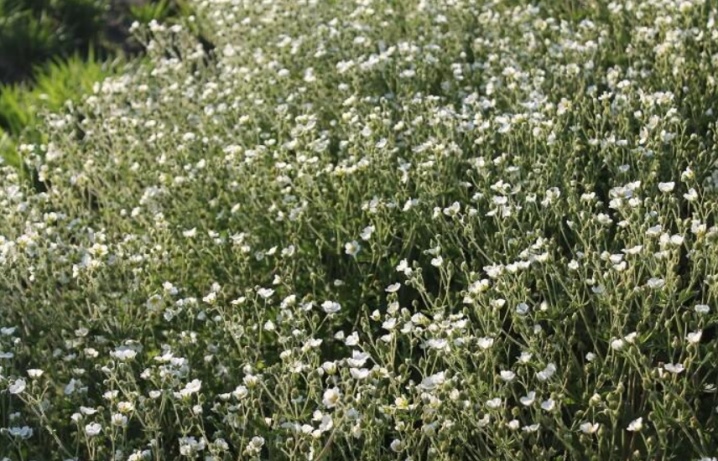
White cinquefoil in science is called Potentilla Alba.
First of all, it is an ornamental plant. It has not been researched for medicinal properties. However, traditional healers continue to use it as a natural medicine.

White cinquefoil grows mainly north of the equator. Most of it is concentrated in Europe, including the middle part of our country. This plant can be found in Germany, Ukraine, the territory of the former Yugoslavia, the Caucasus and many other places.
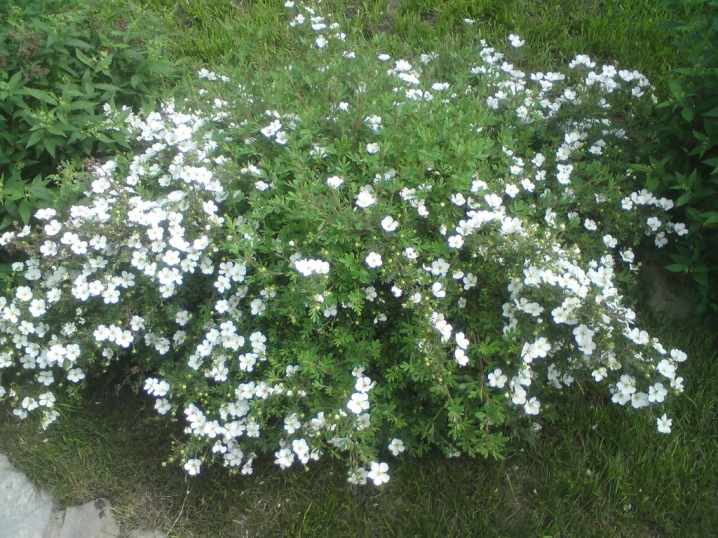
According to botanists, this species, unfortunately, has been declining its population for two centuries. The culprit is the proliferation of agricultural areas.
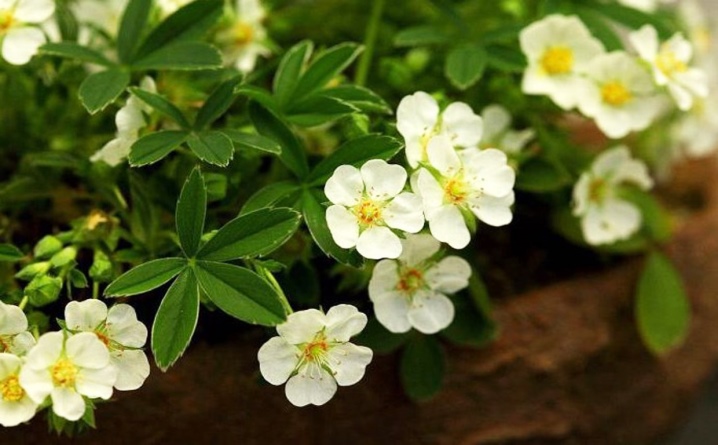
According to the description, white cinquefoil is a herbaceous or shrub perennial plant.
Its flowering period, which usually begins in May, can last from 2 to 4 months. Moreover, its height reaches from 10 to 25 cm. Due to its unpretentiousness, Potentilla grows on almost any soil, even dry and poor, clayey. But for this she needs light. Therefore, the plant is most often found in meadows, slopes and forest edges. In the forests themselves, you are unlikely to find it. Cinquefoil looks so that the untrained eye may confuse it with strawberries.
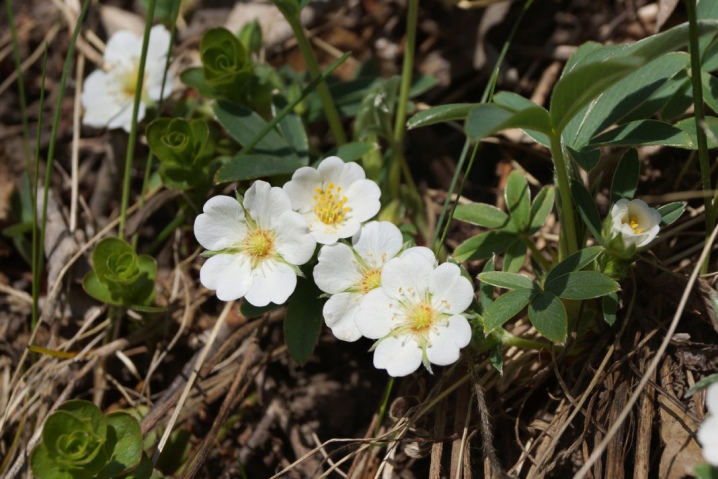
The rhizome of the plant, according to the characteristics of botanists, is distinguished by its thickness and low branching. It is covered with small scales. Potentilla stems are short and thin, branched, but with very few leaves. The stalks are also covered with many adpressed silky hairs. Root leaves can be quintuple or trifoliate. They have long petioles.
They can be distinguished by their dark brown shade and slightly oblong shape, which tapers towards the base. There are teeth at the top.
The flowers are arranged on long stalks. By themselves, they are quite large with wide petals. The color, as the name implies, is white. These are the main features by which you can recognize the white cinquefoil.

How to plant?
Like many other varieties of Potentilla, this variety is unpretentious to external conditions. Nevertheless, it is better for her to choose a place where she will arrive in the afternoon in the shade of other plants. It is enough for her to receive light for 6 hours a day. If the sun's rays constantly fall on the cinquefoil, its flowers will fade and lose their former beauty. And in order for the culture to take root well, it needs a loose and slightly acidic soil with good drainage and a small content of lime.
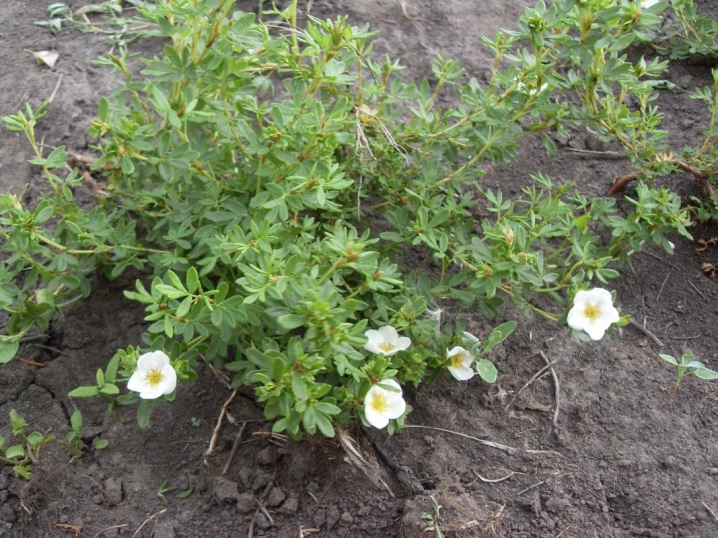
Planting can be done in autumn, summer and spring. However, experienced gardeners recommend doing this in the spring, preferably early, after the snow melts.
Due to the shallow root system, the plant does not need a deep hole for planting. It should be twice as wide and deeper than the clod around the seedling. After you have dug holes of a suitable size, place some limestone gravel on the bottom of each hole to act as a drain. By the way, it can be replaced with broken brick or river pebbles.
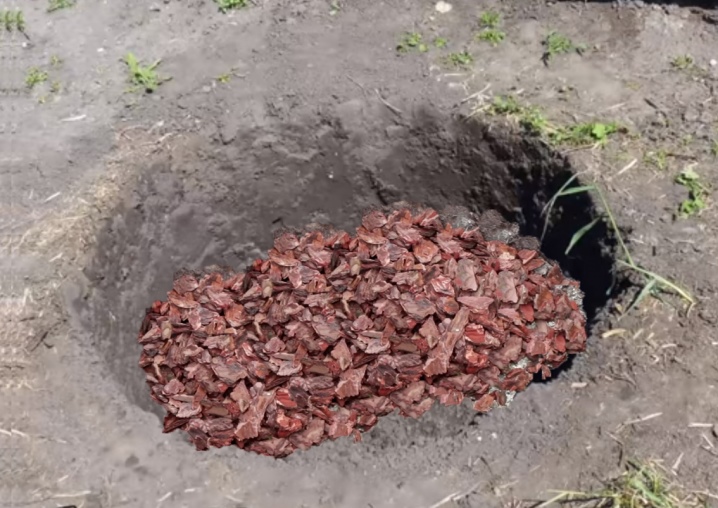
Then you need to fill the pits with a special mixture. It is prepared from humus, sand and leafy earth. Each hole is half filled with it. Then it remains to add 100 grams of mineral fertilizer there. Now you can place a seedling in the hole, but without deepening it, so that the root collar remains above the ground. When backfilling, it is worth using clean soil without additives. After that, it can be tamped and watered.
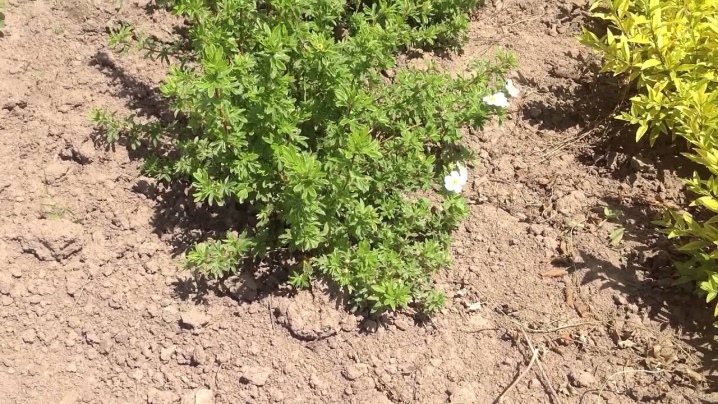
In the first 3 weeks, you will have to water the cinquefoil every time the topsoil dries out. To slow down this process, the soil can be mulched with straw or sawdust in a layer of 5 cm. Once the plant takes root, the frequency of watering will need to be reduced.

How to take care of it properly?
Cultivation of white cinquefoil requires some care, which is not difficult. It includes standard procedures:
- regular watering;
- loosening;
- top dressing;
- pruning.
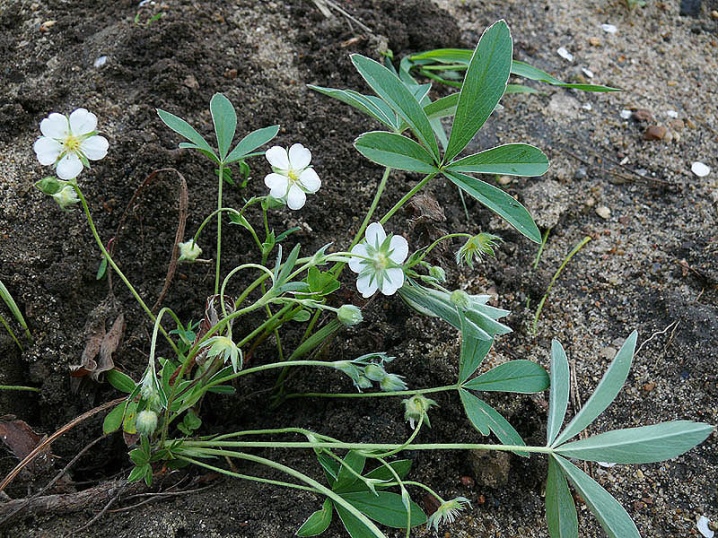
Resilience and the ability to adapt allows the plant to survive in arid conditions. But it is better not to risk it and water it when the ground begins to dry out. One bush should take about 2 buckets. And if the summer turned out to be dry, the number of irrigations must be doubled. Weeds are best removed as they appear. Timely weeding and loosening allows you to saturate the roots with oxygen. But do not forget that they are located almost on the surface, and they can be easily damaged during the loosening process.
At the same time, you should not go deeper than 5 cm.
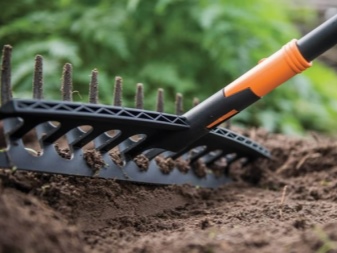

You need to feed the cinquefoil every spring, as soon as the first green leaves appear. Potassium sulfate or phosphate fertilizer is excellent for these purposes. The mixture is prepared from 30 grams of the substance per 10 liters of water. The feeding process does not cause any difficulties, but it provides lush flowering.
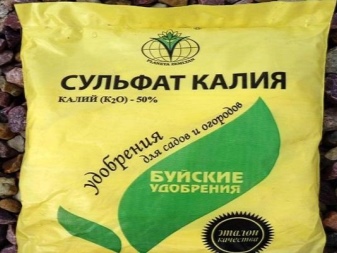

And if you want to provide your Potentilla with a long life, you need to provide it with additional fertilization in the very first month after planting. For this gardeners use a mixture of one matchbox of urea per 10 liters of water.
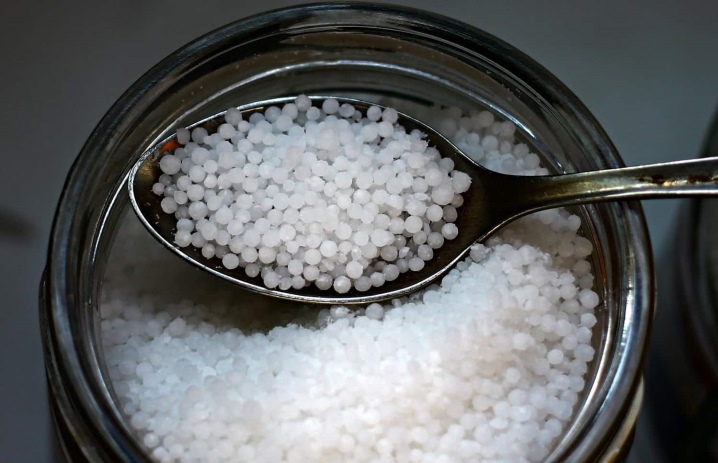
Pruning is a must when it comes to shrub cinquefoil. She may be:
- formative;
- anti-aging.
The first type of pruning allows the shrubs to maintain a perfect rounded shape that will look great in any garden. In addition, it provides abundant flowering - over the summer, the number of flowers increases several times.

Formative pruning can be done in early spring or fall. We recommend the first option, because older branches will allow the bush to withstand frost better and withstand snow masses. And when the cold weather is gone and the snow melts, they can be removed. In the warmer regions of Russia, pruning is best done in the fall, because in the spring, gardeners have enough worries without it. To successfully prune, you need a fairly sharp pruner, as the branches can be up to one and a half centimeters in diameter.A bad pruner will only flatten them, which is undesirable.
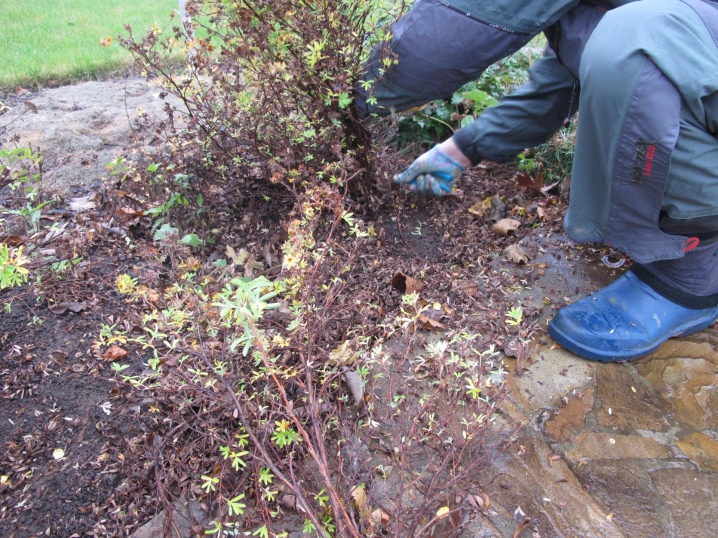
Also arm yourself with a fan rake. With their help, it is necessary to clear the ground under the bush, removing grass and fallen old leaves.
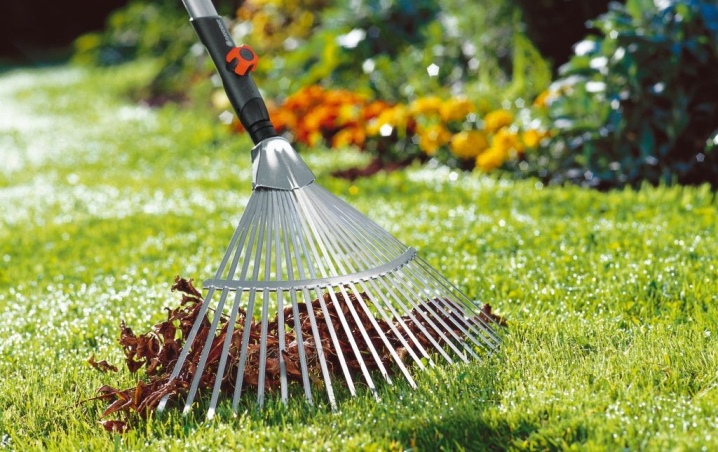
Then you can start trimming itself. It is better to remove damaged and dry branches completely. The rest need to be shortened by one third or half, but no more. Make sure that the bush maintains a symmetrical rounded shape. After pruning, it must be treated with garden varnish.
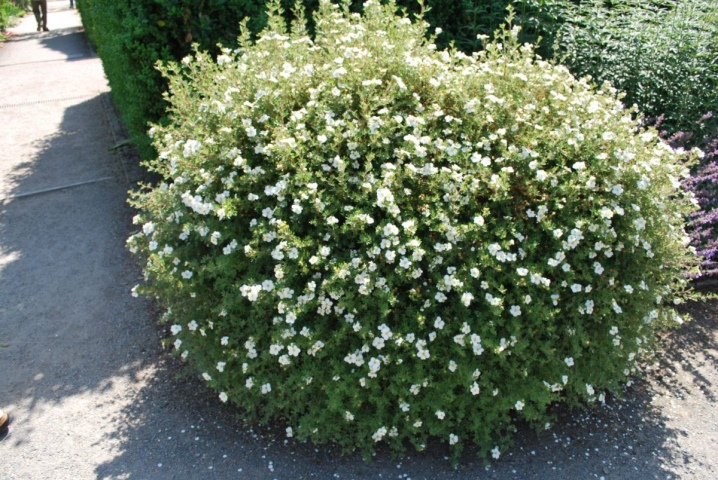
Rejuvenating pruning is done every 5 years and is more radical. It is necessary to cut off all branches so that only a 20-centimeter stump remains above the ground from the bush. After that, the cinquefoil must be intensively fertilized so that the young branches grow back faster. Soon the bush will regain its beautiful appearance.
It is not necessary to cover the cinquefoil for the winter if there is no severe frost in your region.
Both shrub and herbaceous varieties tolerate cold weather. TYou also need to cover seedlings planted in the fall. This ends the care for the white cinquefoil. Thanks to these simple actions, the bush can live in your garden for more than 20 years.
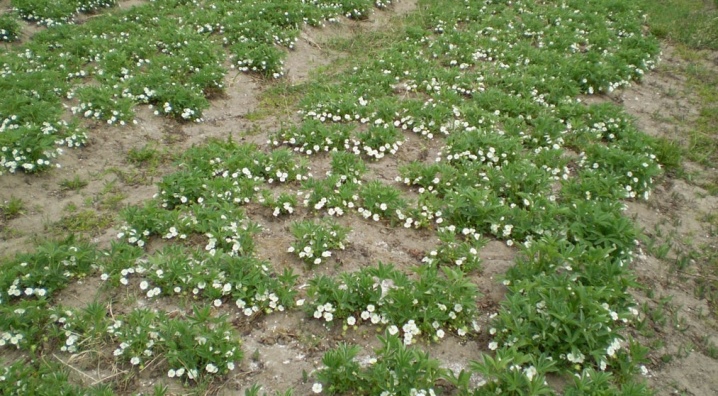
Reproduction methods
Exists 4 ways to propagate white cinquefoil:
- seeds;
- cuttings;
- layering;
- division of the bush.
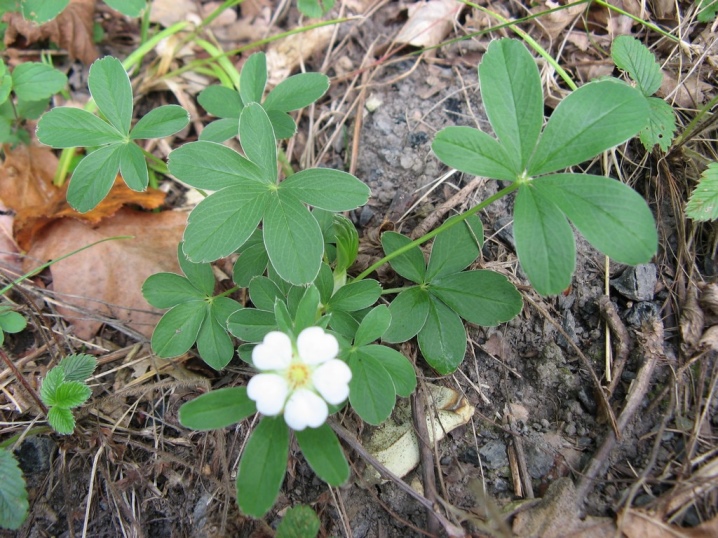
They are harvested from the 10-centimeter ends of the stems, you just need to cut off the flowers. Rooting takes 5 weeks on average. It can be carried out in moist perlite, located in a warm room, or directly in the soil. In the second case, you need to provide the cuttings with a shaded shelter. You can use glass jars or cut plastic bottles. In this case, you will have to spray the cuttings several times a day. It is recommended to cut off any buds as soon as possible so that they do not weaken the cuttings.
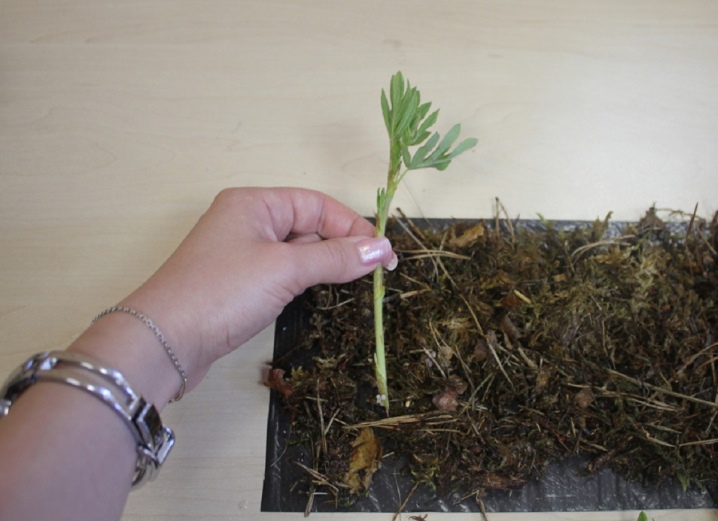
Reproduction by layering is the easiest way.
It is performed in the spring. Choose the stem closest to the ground. A small groove is being prepared for him in the soil. Then an incision is made on the stem, down which it must be placed in the groove and sprinkled with earth. By the fall, he will have time to put down his roots. In conclusion, it is enough to separate this bush and transplant it to a new place.
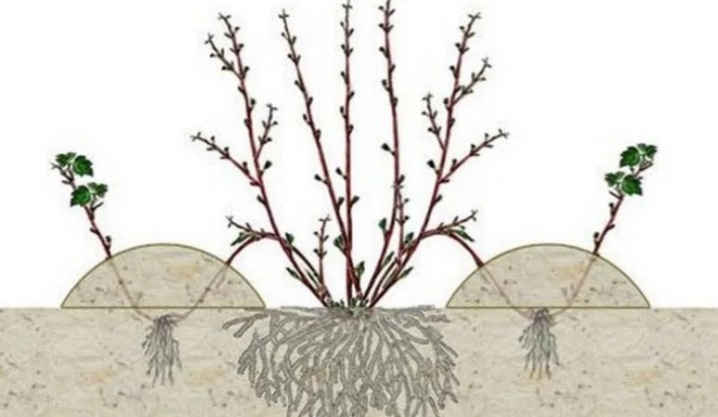
The division can be performed both in May and at the very beginning of September. To do this, you will need a bush that is 4 years old and older. Dig it up and rinse the rhizome with water. You will need a very sharp knife to prepare the cut. And don't forget to sterilize it. After division, at least 2 kidneys should remain on each division. Their roots should be treated with a growth stimulator.
When planting in the soil, an average of 30 cm of free space should be left between each new bush.
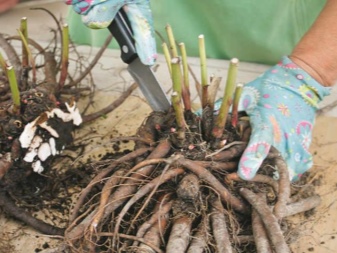
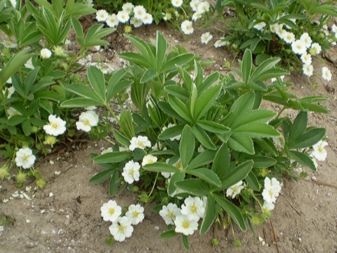
Diseases and pests
The high resistance to diseases significantly facilitates the care of the cinquefoil. But this does not mean that nothing threatens your plant.
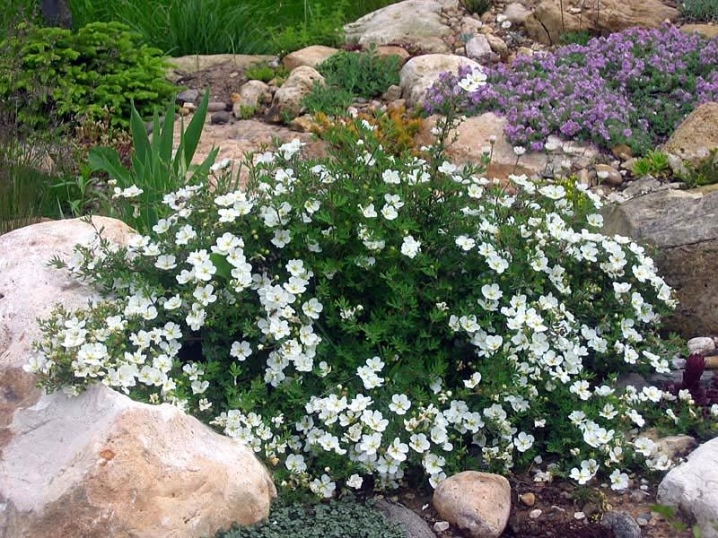
Still, there are three very annoying diseases that can affect the white cinquefoil.
- Spotting - a fungal disease that can be identified by the spots growing on the leaves. It can be brown, white or black, depending on the type of fungus. The spots have an appropriate shade. If nothing is done in time, the disease can destroy more than one bush. Those that do not perish will be weakened and will not be able to survive the cold winter. Spotting usually develops in warm and humid weather. At the first sign of the disease, infected bushes should be treated with fungicides or Bordeaux liquid.
As a preventive measure, it is necessary to regularly prune and get rid of weeds.

- Deciduous rust - is expressed in the appearance of reddish swollen spots on the leaves of Potentilla. These spots grow, merging with each other and completely covering the leaf, which dries up and falls off. The bush is weakening due to insufficient production of chlorophyll. Most often, the disease appears due to a large number of weeds around or poor soil.The affected leaves must be removed immediately and the plant must be treated with colloidal sulfur.
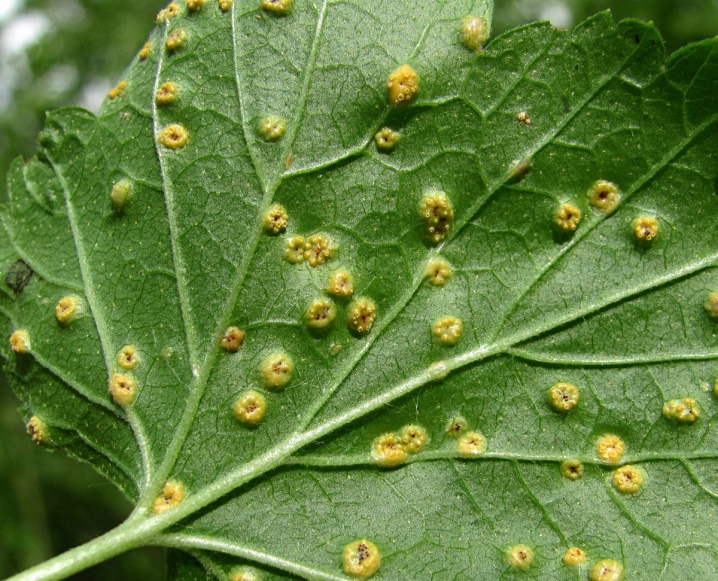
- Powdery mildew - one of the most dangerous fungi. Able to spread with moisture or through the air. A clear sign of the disease is white bloom. At first it is difficult to see it, as it appears on the lower part of the leaves, then it begins to rapidly spread throughout the bush. Plaque significantly slows down the process of photosynthesis, as a result of which any plant begins to dry out. Powdery mildew develops especially quickly when the air humidity is high. You will again need Bordeaux liquid to help you.
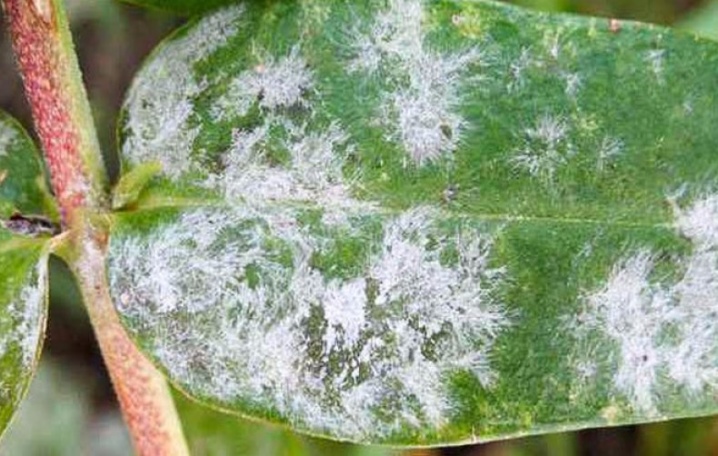
Among pests, white cinquefoil has practically no enemies, with the exception of one - scoops. These are insects similar to large moths. But for flowers and crops, they are not so much harmful as their caterpillars, which are capable of destroying all the foliage. They can also feed on roots. The scoops come in several varieties, and they are all harmful.
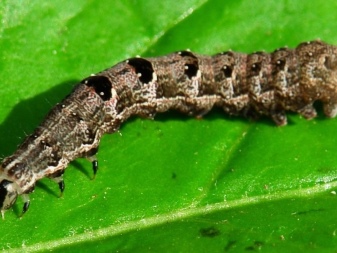
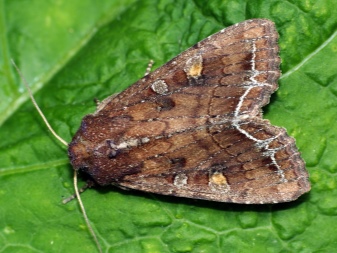
To combat these insects, you need to regularly weed and loosen the soil.
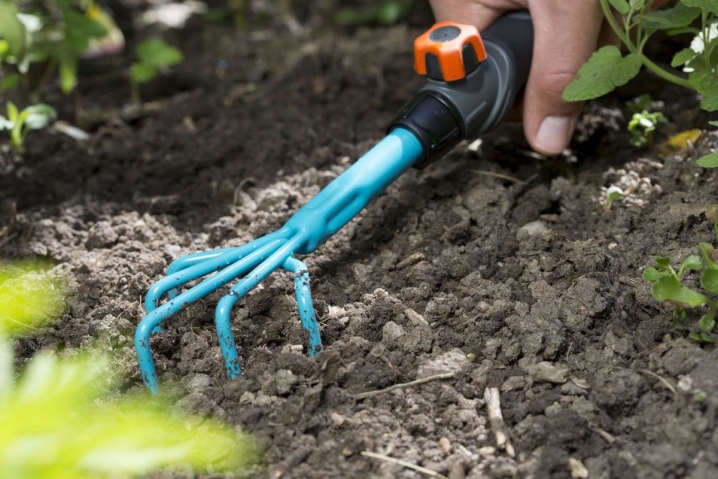
During the period of the incidence of these butterflies, set distracting traps in the areas so that the scoops do not have time to multiply. If you notice signs of caterpillar activity, apply insecticide. Decis, Arrivo and Fufanon will cope well with this problem.


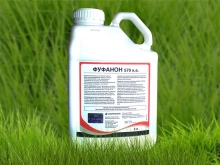
Use in landscape design
Cinquefoil seems to have been created by nature to become a decoration of the landscape. This can be said about any variety of this plant, it does not matter whether it is herbaceous or shrubby. The bushes look great together and can be used to make an eye-catching hedge.

Herbaceous varieties can be planted in flower beds in front of the house and garden plots. It is not a shame to grow them as a decoration of the city. They also go well with any other flowers and plants.
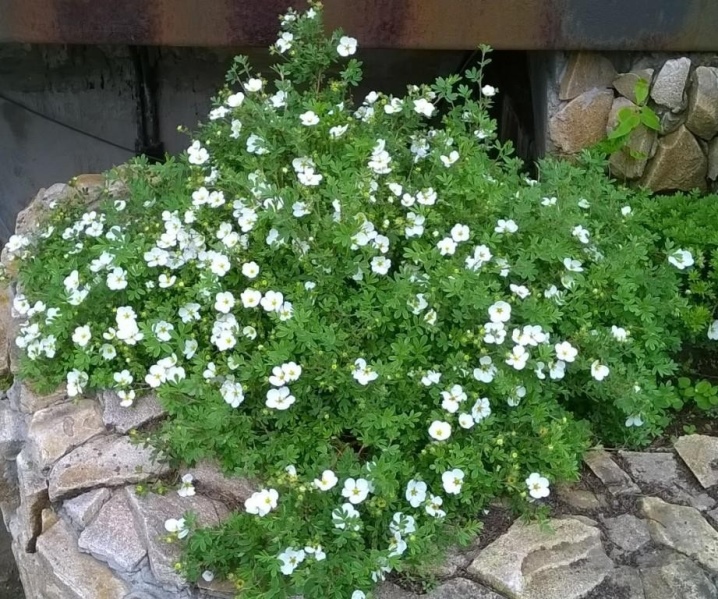
In principle, the above knowledge is quite enough to grow white cinquefoil in your area and maintain its viability. Anyone can handle this, even a novice gardener. And the cinquefoil, in turn, will delight the eye for many years.

Useful properties of white cinquefoil in the video below.



































































The comment was sent successfully.